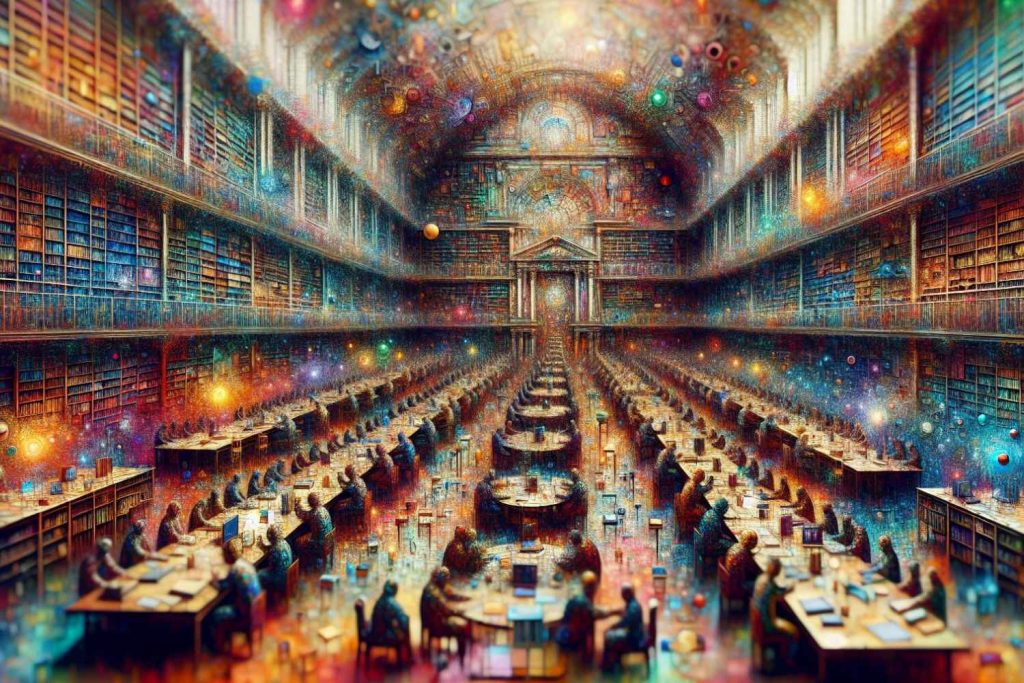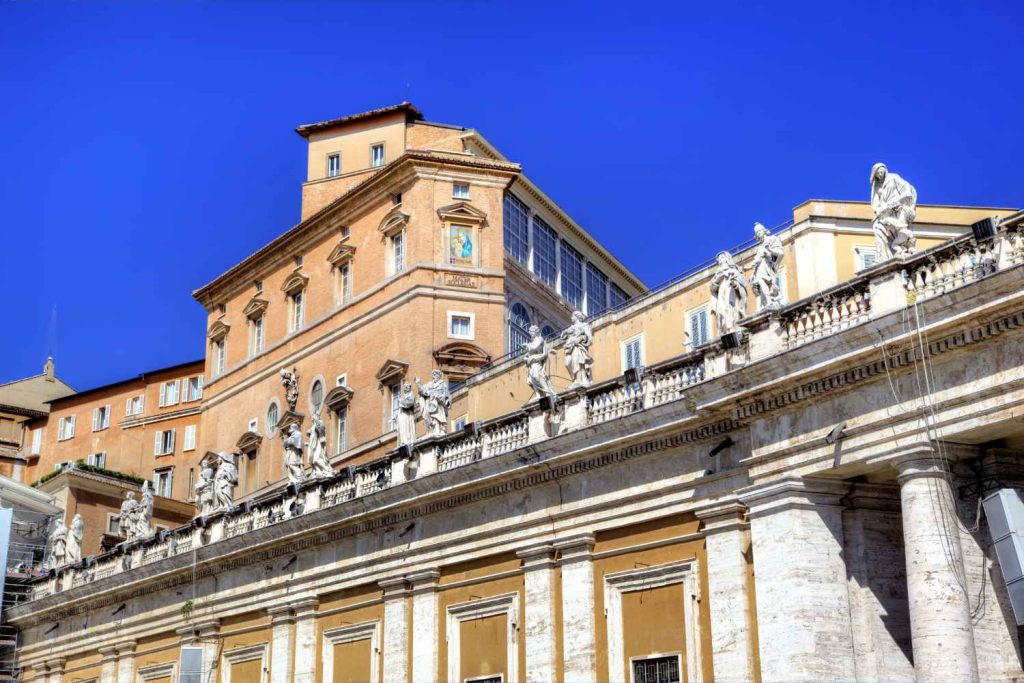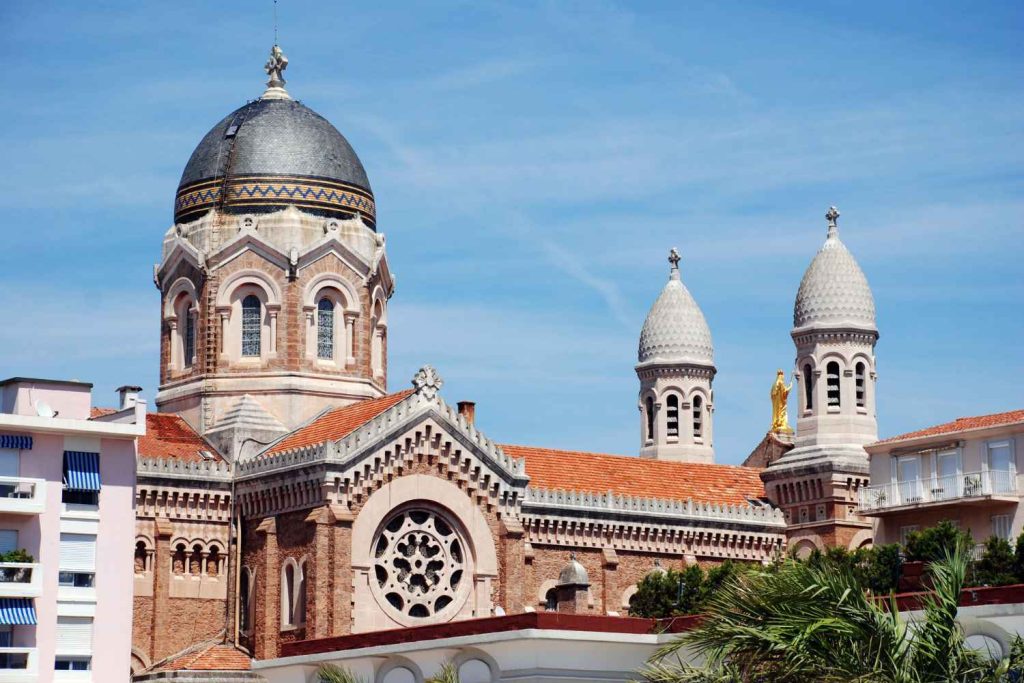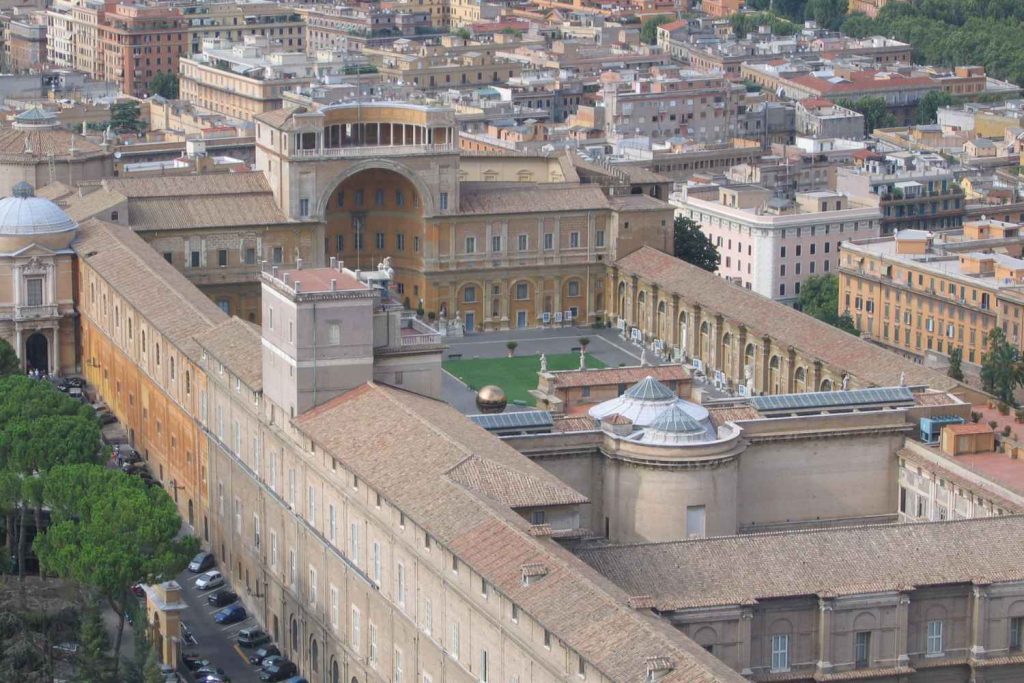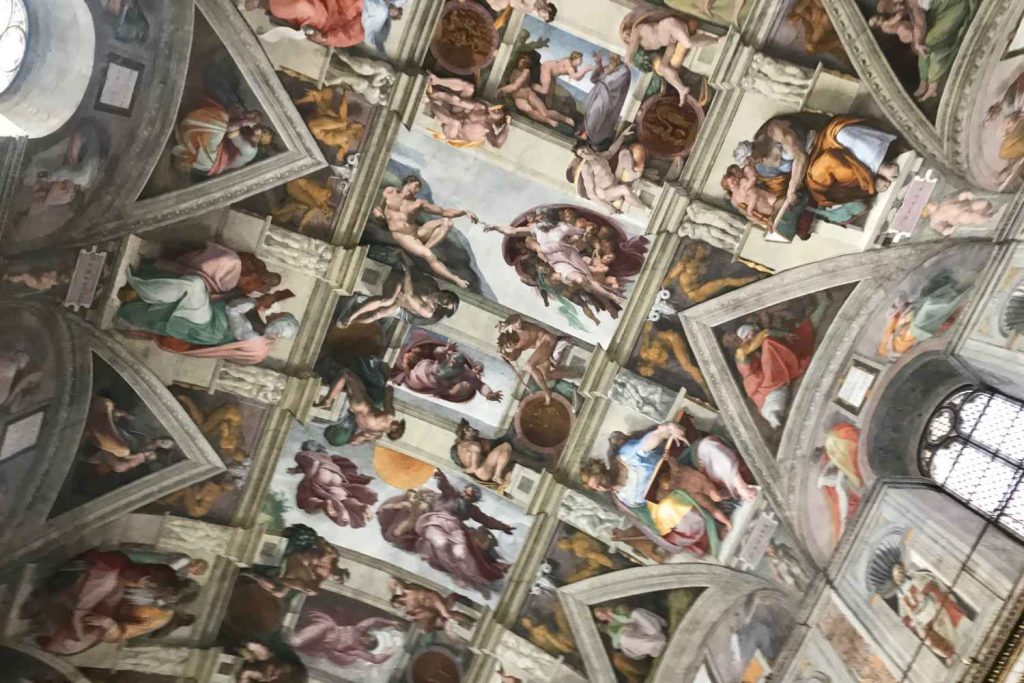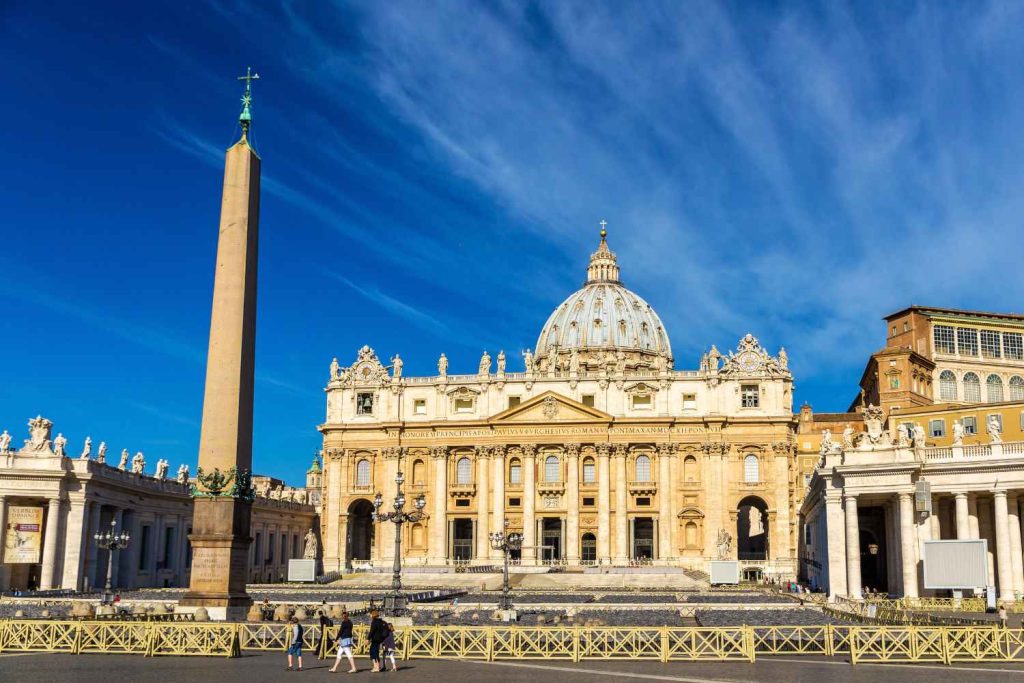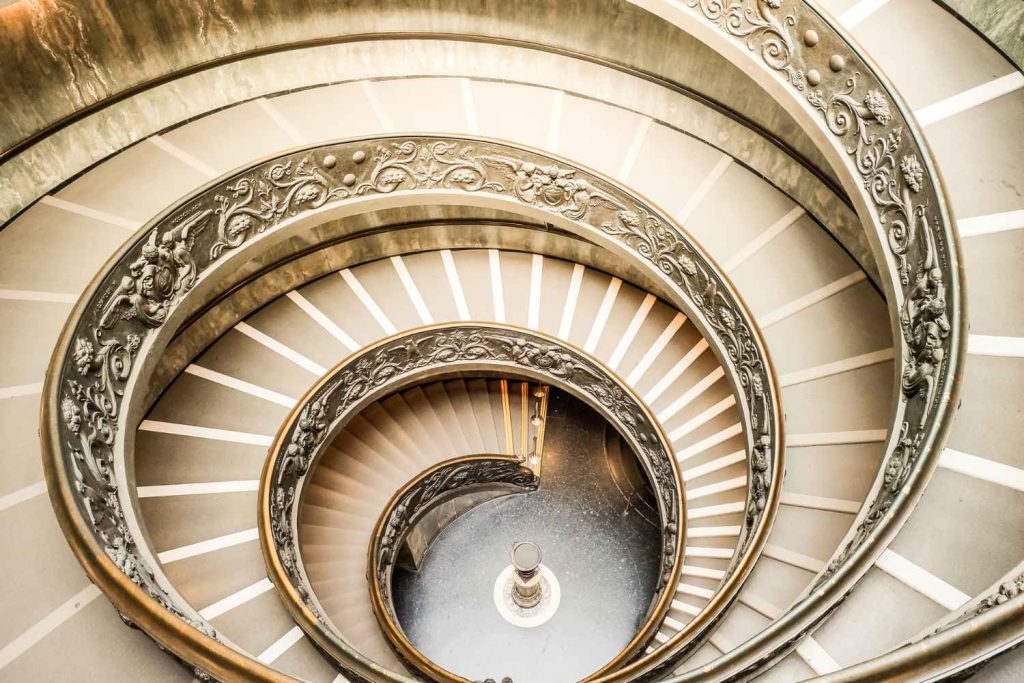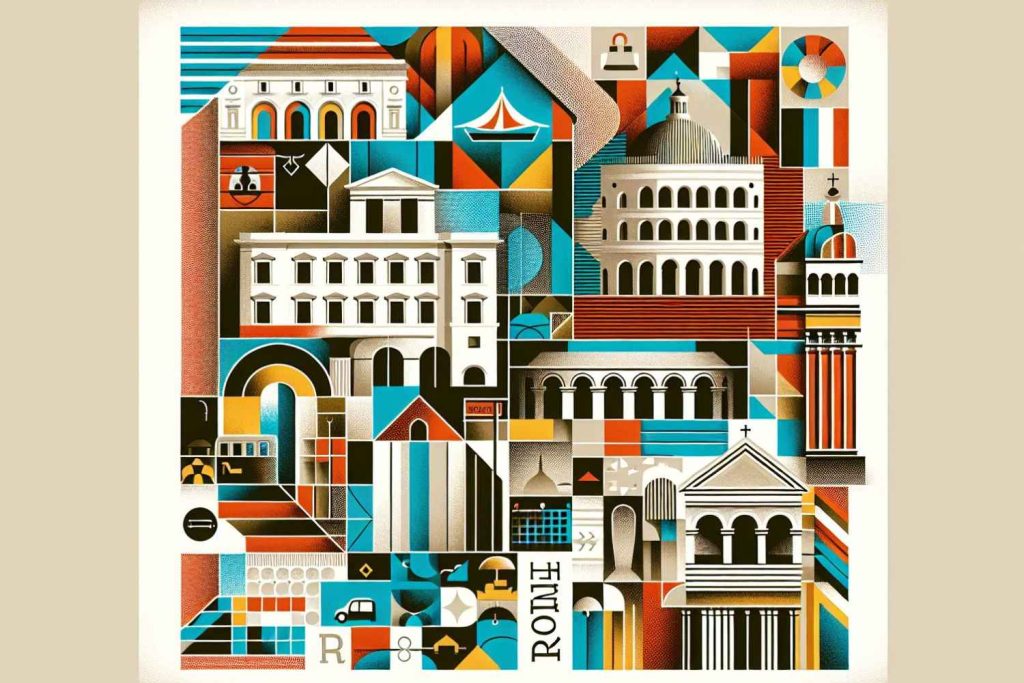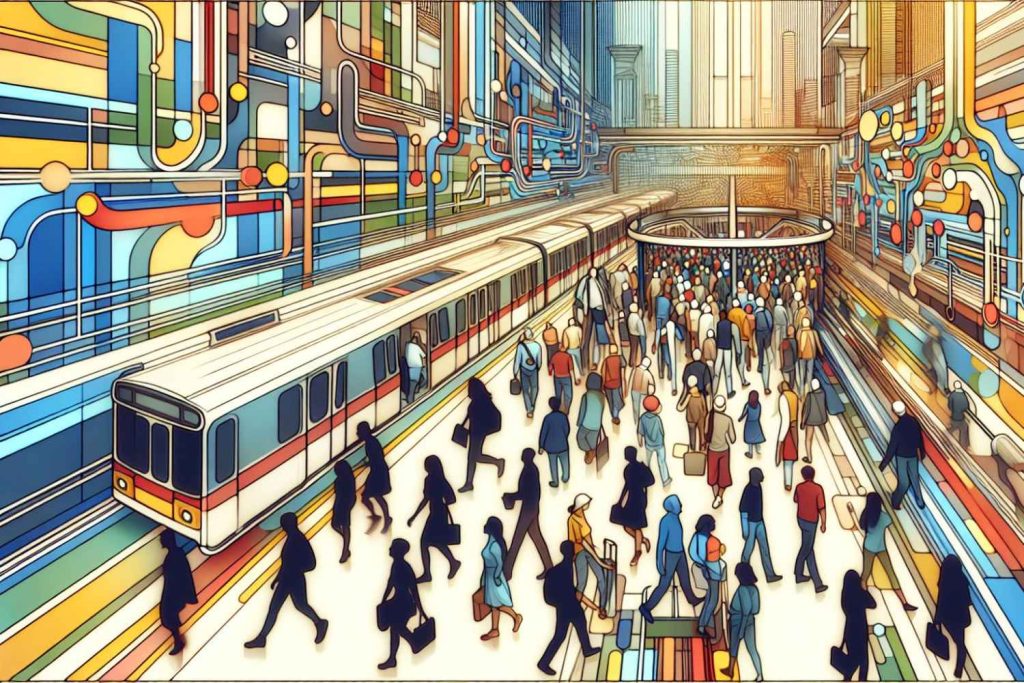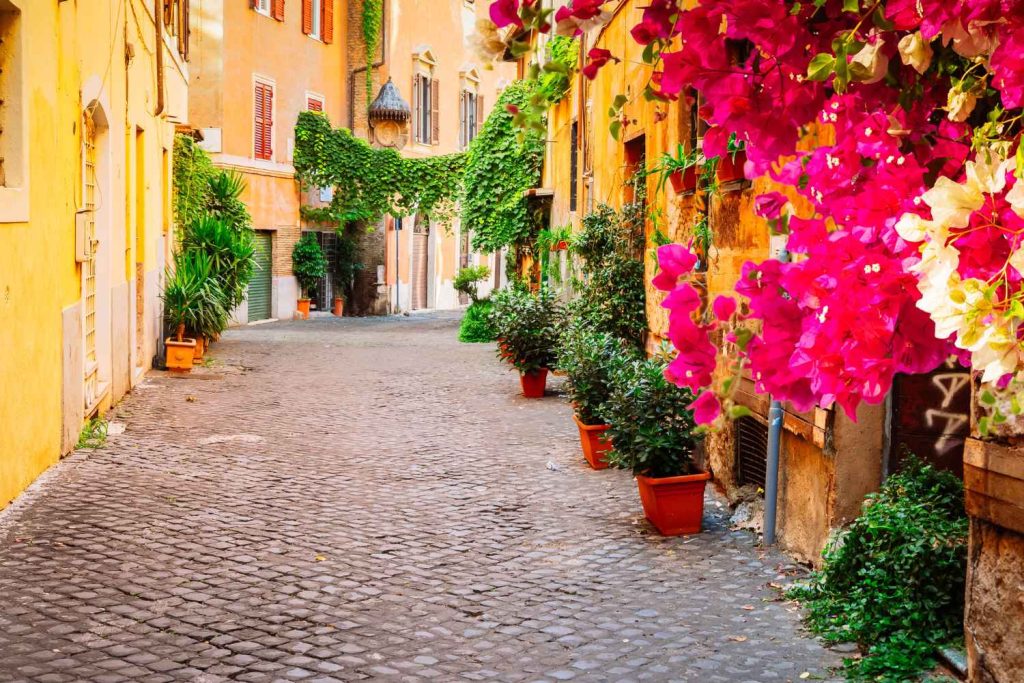Want to delve into the rich history, cultural treasures, and spiritual importance of Vatican City? Let’s explore its architecture, art, and the profound influence it has had on the course of world history.
Vatican City, often referred to as “The Holy Enclave,” is a small independent city-state situated within the city of Rome, Italy. Covering an area of just 44 hectares (110 acres), Vatican City is the world’s smallest independent state by both area and population. Despite its size, it holds immense significance as the spiritual and administrative center of the Roman Catholic Church and serves as the residence of the Pope, the leader of the Catholic faith.
Where exactly is The Vatican City?
Vatican City is located entirely within the city of Rome, Italy. Its borders are marked by a fortified stone wall that encircles the territory. The city-state is divided into several distinct areas, each with its unique purpose and significance.
Getting to Vatican City
To get to Vatican City in Rome, you can follow these steps:
By Metro: Take Line A (red line) of the Rome Metro and get off at the Ottaviano-San Pietro station. This station is near the Vatican City.
By Bus: Various bus lines serve Vatican City. You can check the local bus routes and take a bus that stops near Vatican City.
On Foot: Depending on where you are in Rome, you can also reach Vatican City on foot. It’s a walkable distance from many central locations.
By Taxi: Taxis are readily available in Rome. You can hail one or use a taxi service to reach Vatican City.
By Car: If you prefer to drive, you can use GPS or maps to navigate to Vatican City. Be aware of traffic and parking conditions.
Many guided tours and tourist services in Rome include visits to Vatican City. You can consider joining one of these tours for a more organized visit. Remember to check local transportation schedules and routes, especially if there are any changes or disruptions.
This guide for Rome’s Public Transportation covers most of what you need to know for when you visit Rome. Vatican City is a popular tourist destination, and signs directing to it are typically visible in the city.
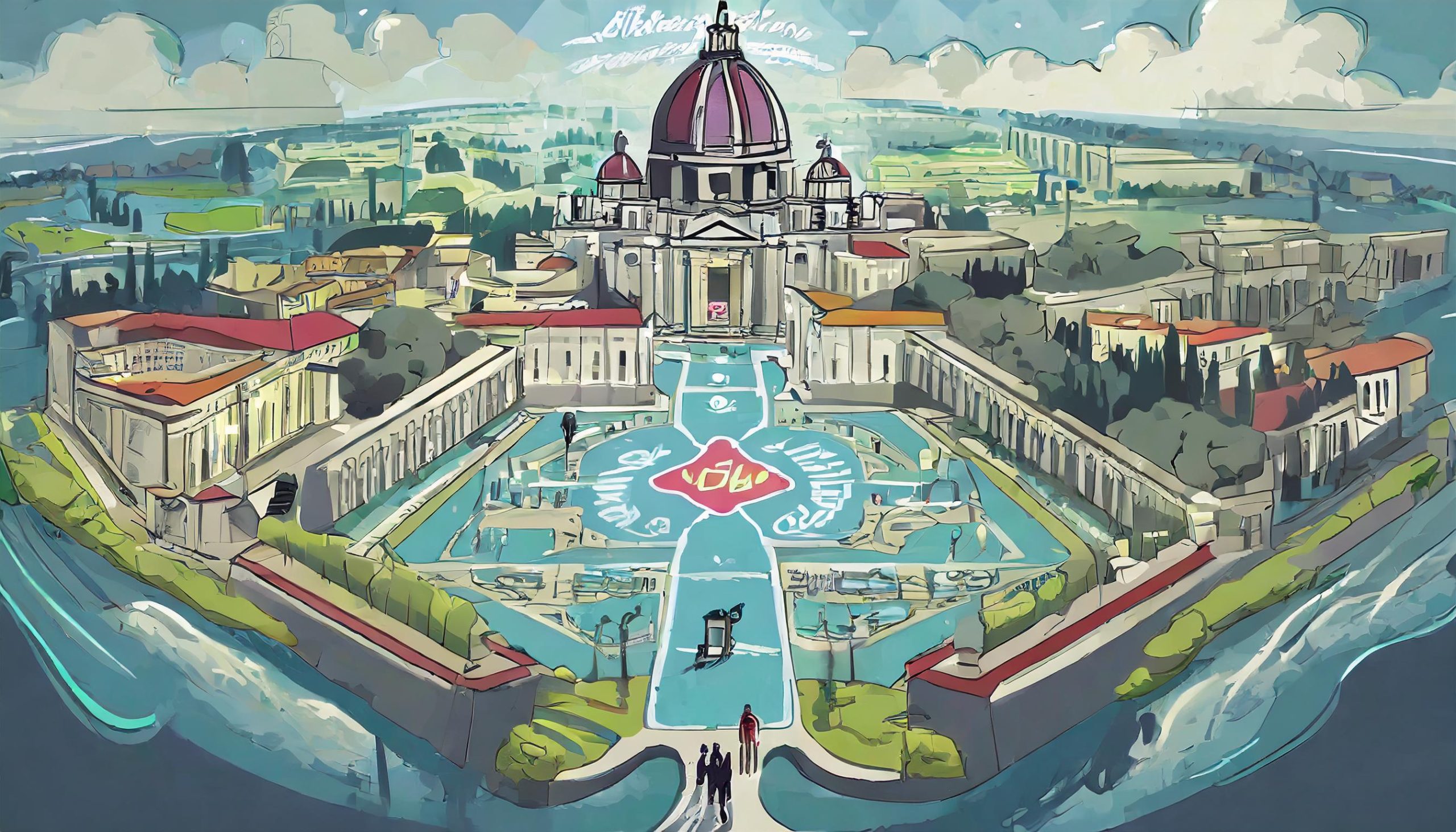
Vatican City encompasses some of the best know attractions in Rome. You will want to plan to visit at least a few of these iconic buildings and museums during your visit;
History of The Vatican City
The origins of Vatican City can be traced back to the Roman Empire, but its transformation into an independent entity began in the 8th century. The Lateran Treaty of 1929 established the modern Vatican City as a sovereign state, thereby ending the Papal States and solidifying the Pope’s temporal authority. Since then, Vatican City has been the spiritual epicenter of the Catholic Church, attracting millions of pilgrims and tourists each year.
Vatican City holds a central place in Catholicism, serving as the Pope’s official residence and the seat of the Holy See. The spiritual significance of Vatican City is profound. As a Pilgrimage Destination, the Vatican attracts millions of Catholics from around the world who make pilgrimages to Vatican City to attend papal audiences, participate in religious ceremonies, and seek spiritual solace. St. Peter’s Basilica, in particular, is a pilgrimage site of great importance.
Religious Art and Architecture: The Vatican is a treasure trove of religious art and architecture. St. Peter’s Basilica, with its stunning frescoes, sculptures, and mosaics, is a testament to the Church’s historical and ongoing commitment to the arts. Vatican City’s cultural wealth extends far beyond its spiritual significance. The Vatican Museums house an unrivaled collection of art and historical artifacts. Notable highlights include The Papacy, an institution with a long and complex history intertwined with Vatican City. The Pope, considered the Vicar of Christ on Earth, serves as the spiritual leader of the world’s 1.3 billion Catholics. His role is not limited to matters of faith but extends to diplomatic efforts, peace advocacy, and social justice initiatives.
FAQs about Vatican City
Q. Is Vatican City its own country?
Yes, Vatican City is an independent city-state and sovereign entity. It is the smallest independent state in the world, both in terms of area and population, and it holds a unique position as the spiritual and administrative center of the Roman Catholic Church.
Q. What is the significance of St. Peter’s Basilica?
St. Peter’s Basilica is one of the most important churches in Christianity. It is believed to be built over the burial site of Saint Peter, one of Jesus Christ’s apostles and the first Pope. The basilica’s stunning architecture and art, including Michelangelo’s famous dome and the Pieta sculpture, make it a symbol of faith and artistic excellence.
Q. Are the Vatican Museums open to the public?
Yes, the Vatican Museums are open to the public, and they are a popular attraction for visitors from around the world. They house an extensive collection of art, historical artifacts, and archaeological treasures, including Michelangelo’s Sistine Chapel ceiling.
Q. How do I attend a papal audience or Mass in Vatican City?
To attend a papal audience or Mass presided over by the Pope, you can check the Vatican’s official website for information on scheduling, tickets, and availability. It’s advisable to book tickets well in advance, especially during peak tourist seasons.
Q. Can I visit the Vatican Library?
The Vatican Library is a research library, and access to its holdings is primarily restricted to scholars and researchers. However, there are limited opportunities for the public to view some of its treasures through special exhibitions and guided tours.
Q. What is the role of the Pope in Vatican City?
The Pope is not only the spiritual leader of the Catholic Church but also the head of state of Vatican City. As the Bishop of Rome, the Pope resides in the Apostolic Palace, carries out administrative duties related to the Holy See, and plays a prominent role in international diplomacy and the promotion of peace and justice.
Q. What is the significance of the Vatican Gardens?
The Vatican Gardens are a collection of landscaped and terraced areas within Vatican City. They are of both historical and spiritual significance, often used for private contemplation and reflection. Access to the Vatican Gardens is limited, and visitors typically require a guided tour to explore this serene oasis.
Q. Is Vatican City a UNESCO World Heritage Site?
Yes, Vatican City, including its historic center and St. Peter’s Basilica, was designated as a UNESCO World Heritage Site in 1984 due to its immense cultural and historical importance.
Q. What is the official language of Vatican City?
The official language of Vatican City is Latin. However, Italian is the everyday language used for communication among the residents and visitors. Additionally, many documents and proceedings are conducted in various languages to accommodate the multicultural and international nature of the Vatican.
Q. Can you visit the Vatican City as a Family?
Yes, families can explore Vatican City together. Vatican City welcomes visitors, including families with children and teens. When planning a visit with your family in Italy with teens and children, it’s advisable to check for specific guidelines or recommendations from the Vatican Museums and other attractions within Vatican City. Additionally, given the possibility of crowds, it’s advantageous to plan your visit during less busy times if possible. This can enhance your overall experience, particularly if you have teens with you.
Vatican City, “The Holy Enclave,” is a remarkable testament to the enduring influence of the Catholic Church on art, culture, and spirituality. Its rich history, architectural wonders, and artistic treasures continue to captivate and inspire people from all corners of the globe. Beyond its religious significance, Vatican City stands as a symbol of human achievement and the power of faith to shape the course of history.
Vatican City is not just a place; it is a profound embodiment of faith, culture, and history, offering a glimpse into the spiritual heart of the Catholic world and the enduring legacy of the Church. As visitors walk its hallowed streets, they are not only immersed in the grandeur of its architecture and art but also in the rich tapestry of human devotion that has defined Vatican City for centuries.
More articles you might like...
You can find more great Rome content in the following categories;
All about Vatican City Commonly Asked Rome Questions Rome Accommodation Rome Food and Drink Rome History and Culture Rome Neighbourhoods Rome Tours and Must-See Attractions Rome's Top Tours

